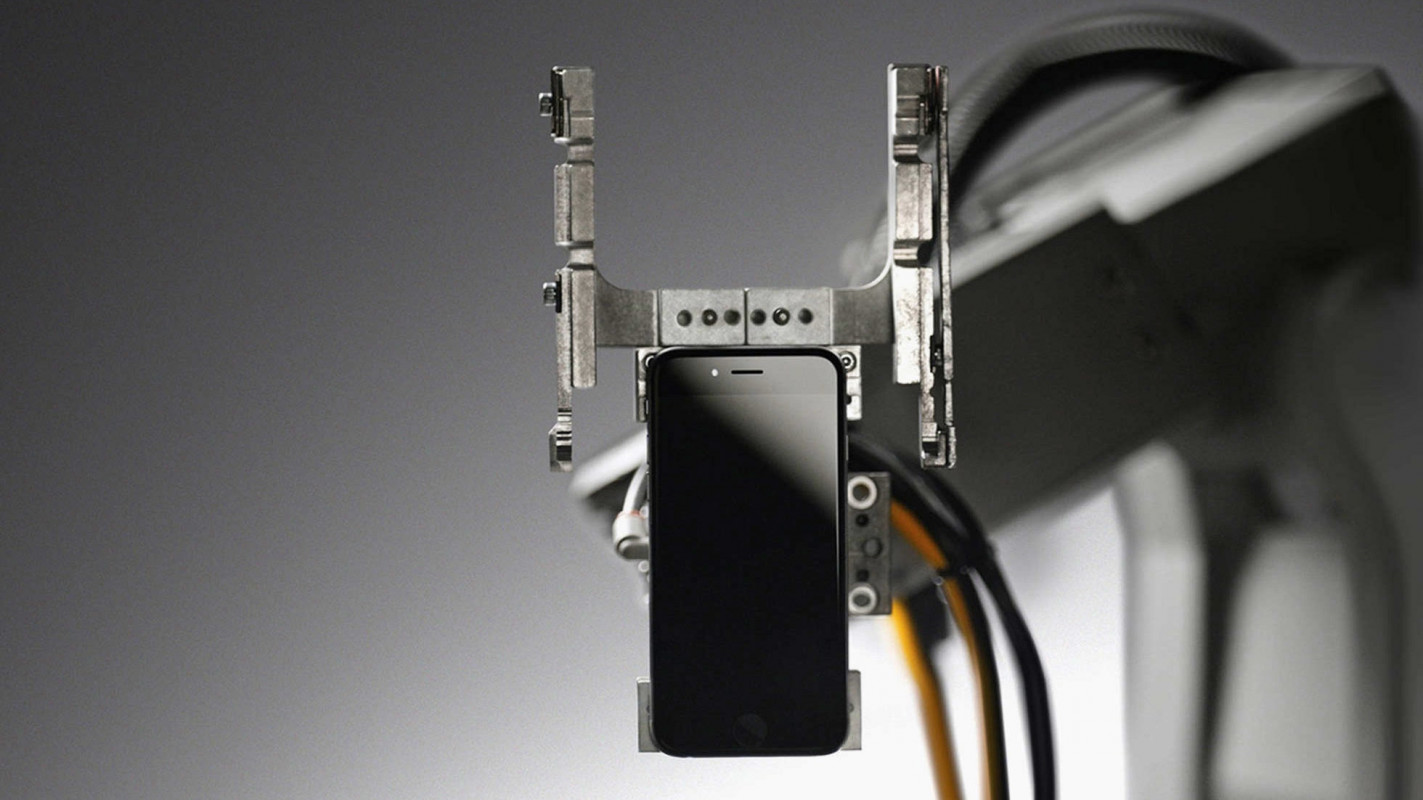 Have you thought about what happens to all our electronics once they become outdated?
Have you thought about what happens to all our electronics once they become outdated?
From our mobile phones to laptops, batteries, and unusable electronic gadgets, these obsolete devices end up like other garbage in landfills as E-waste.
E-waste is becoming a really big problem. One of the biggest problems is taking apart the small parts of electronic devices. Apple has recently come to the rescue. They recently unveiled the prototype of a robotic waste management system called Liam that takes apart iPhones and recovers salvageable parts and material to reuse in their manufacturing process.
This comes as a response to criticism that Apple products were not easy to recycle.
The Problem With E-waste
E-waste refers to all the technology that is thrown away. Organic waste is made of biodegradable material that can be broken down by nature quickly and does not cause pollution. However, non-biodegradable plastics and synthetic materials take millions of years to decompose and are a big threat to the world.
It is estimated that about 70% of all toxic materials in US landfills come from e-waste! Some materials are harmful and poisonous -- when left untreated and exposed to the environment, they can enter waterways, polluting our precious water sources. If left to burn in incinerators, the harmful pollutants enter our air and have a negative impact on wider areas.
As new technology is developed every day, the older devices become obsolete quickly. There is an estimated 50 million tons of e-waste being produced every year. Only 15-20% of this scrap is properly recycled. Apple alone sold over 221 million iPhones in 2015.
Liam is capable of breaking down an iPhone 6 into its parts in just eleven seconds. Even then, it would be capable of dealing with only a few million iPhone 6s in a year. What about all the older iPhone models and other Apple products? There are no answers to those yet...
How Liam Works
Liam consists of 29 separate robotic modules. These modules operate together to extract useful precious metals such as aluminum, copper, tin, tungsten, cobalt, gold, and silver found in electronic devices, for reuse.
The problem with recovering parts from the iPhone is that while the process can be automated, the machines need to be manned. Besides, Liam is still being prototyped.
Greenpeace, an environmental group, has questioned the impact of the robot on e-waste management as a whole. Liam and its clones may not be quite able to address all the iPhones that are being discarded. But certainly, this is a good start.
Critical Thinking: What more do you think Apple can do to improve the system? Think about ways you can help to manage the e-waste in your home?








